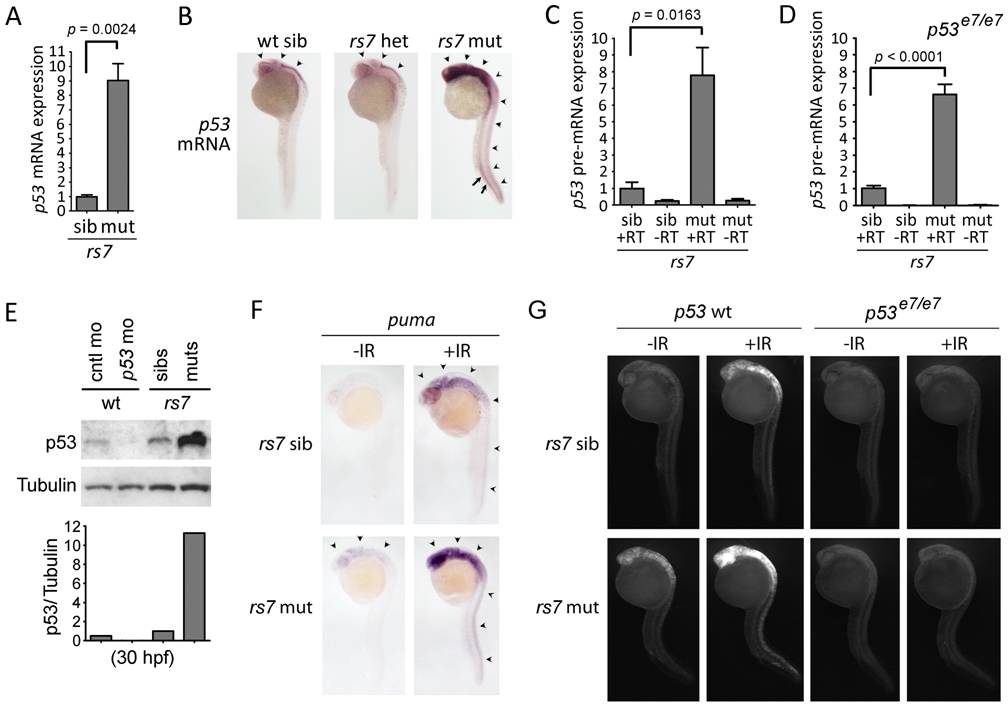Image
Figure Caption
Fig. 3 The rs7-mediated radiosensitizing phenotype is caused by an increase in p53 mRNA expression.
Figure Data
Acknowledgments
This image is the copyrighted work of the attributed author or publisher, and
ZFIN has permission only to display this image to its users.
Additional permissions should be obtained from the applicable author or publisher of the image.
Full text @ PLoS Genet.

